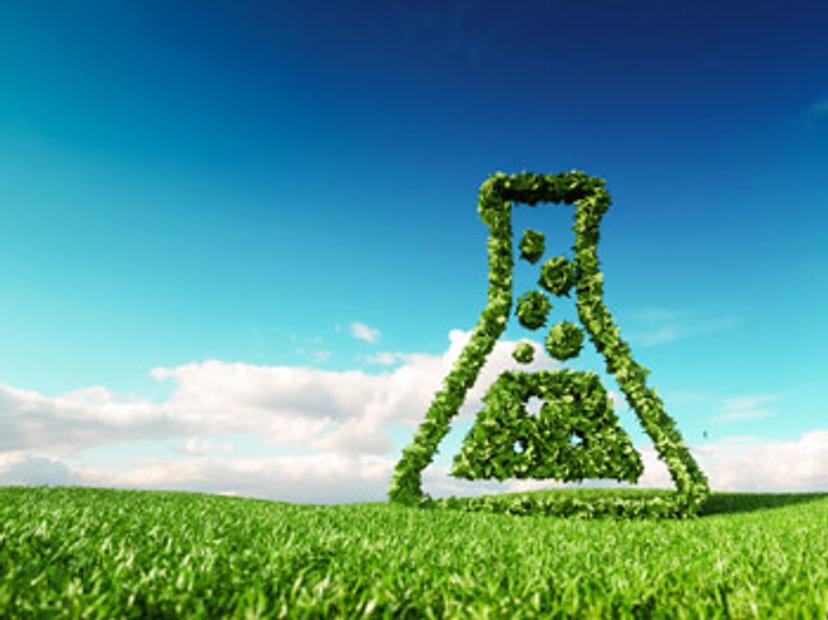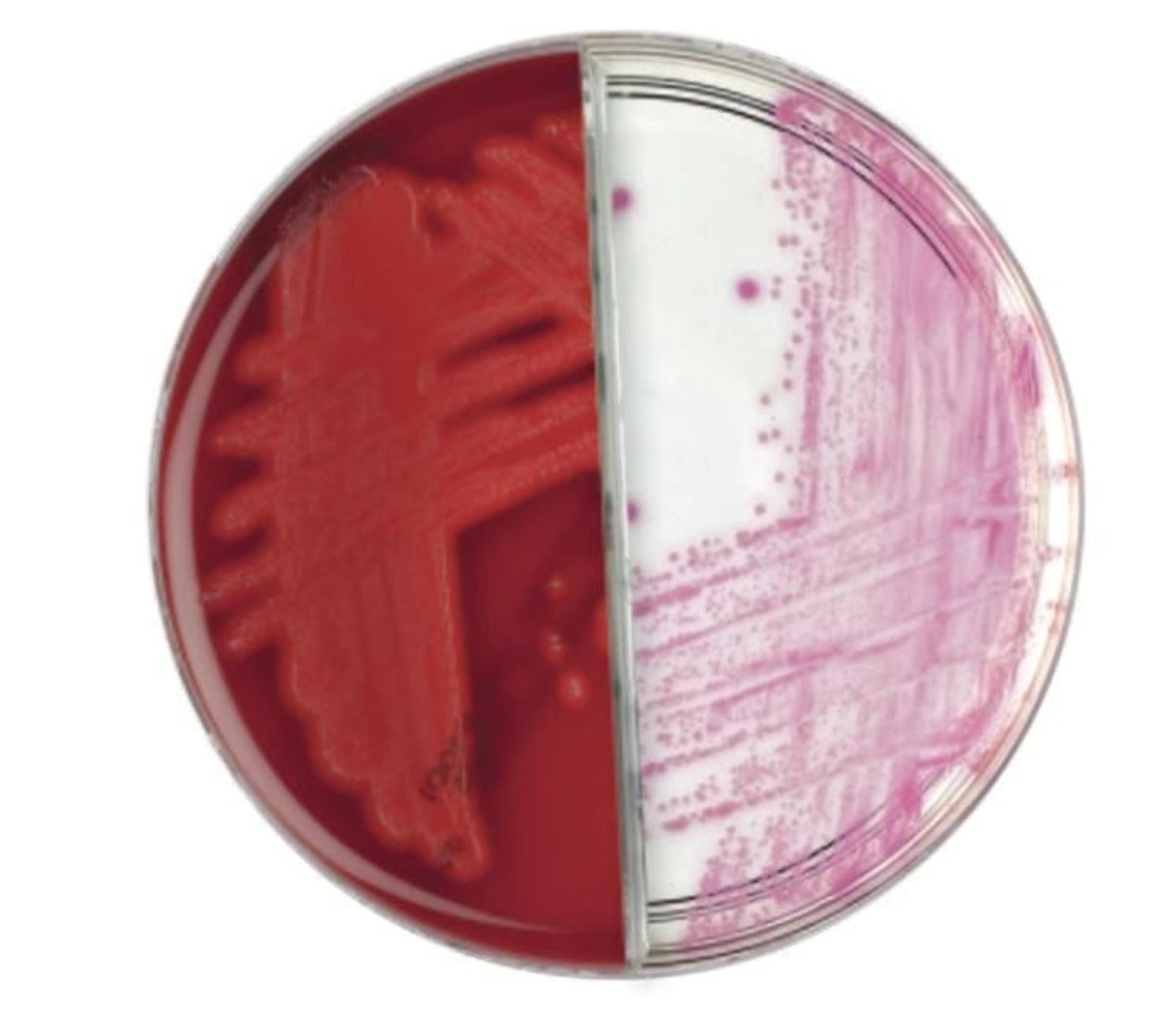Going green: Where are we on the sustainable microbiology lab journey?
In this guest editorial, discover the solutions that are driving the green revolution to make clinical laboratories more sustainable
8 Aug 2021

While sustainability has been receiving top billing across sectors in recent years, clinical laboratories have, to date, been slower to develop and adopt more environmentally friendly practices.
'Going green' may appear to be an uphill struggle for a sector, which, by its very nature, uses huge quantities of water, energy, and single-use plastics. However, even small changes can make a big difference in the battle to reduce clinical microbiology’s carbon footprint.
In this guest article, Sam Cain, Global Market Manager Clinical Culture Microbiology, Thermo Fisher Scientific, examines the scale of the problem and gives some examples of what is being done to help move the dial.
Inherent waste
Clinical laboratories use ten times more energy and more than four times more water than offices, while generating billions of pounds of waste every year.1
It is not hard to see how. Just one -80°C freezer can consume as much energy as a whole house over the course of a day2 and a fume hood burns energy equivalent to 1,733 gallons of petrol every year.
At the same time the high throughput of samples, the need for the highest levels of sterility, and the barriers to recycling hazardous wastes drive the use of single-use plastics on an industrial scale.
Thousands of plastic Petri dishes, bottles and vials, pipettes and pipette tips pass through a typical facility - from supplier to landfill - every week. According to one study, biomedical and agricultural laboratories are responsible for a staggering 5.5million metric tons3 of plastic waste each year. That equates to the weight of 67 cruise liners, or 83% of all the plastic recycled worldwide in 2012.
Green revolution
In recent years, the Green Lab movement has been gaining momentum and, in 2018, the Lab Innovations trade show focused on sustainability, demonstrating the appetite for change.
Worldwide, laboratories are focusing their efforts on finding ways to become more sustainable, from switching to more energy-efficient equipment to reusing plastic bottles when possible.
According to My Green Lab, which provides a sustainability certification program, there are lots of simple things facilities can do to boost their sustainability credentials:
- Use glass pipettes instead of single-use plastic pipettes
- Use glass flasks instead of plastic falcons
- Use bagged falcons instead of polystyrene racked falcons
- Reuse plastic bottles where possible
- Seek out more environmentally friendly products, e.g., no cold chain, less packaging, recyclable or reusable consumables, etc.
- To reduce the impact of cold storage, raise temperatures where possible, choose more energy-efficient equipment when replacing, and maximize freezer space by better inventory management
- Implement energy management strategies, such as turning off equipment when it’s not in use
- Take a green chemistry approach by questioning protocols and always using the safest and most sustainable products
Delivering solutions
At Thermo Fisher Scientific, we have been working with our microbiology partners to achieve our shared sustainability goals. Reducing waste, we have found, is consistently a top priority.
Laboratory Mönchengladbach Medical Care Center, in Mönchengladbach, Germany, for example, told us that the steady stream of incoming media and laboratory supplies needed to perform its high volume of clinical-chemical and hematology tests had become a “major issue”.
Cornelia Quandt, the laboratory’s quality manager, said: “We do pretty much all microbiological examinations that can be offered, including an S3 laboratory. Currently, we have about 2,500 to 3,000 samples per day in microbiology.
“Individually wrapped and delivered carton boxes of 100x10 media plates, for instance, would last maybe half a day − so it was quite obvious that we had a huge waste issue.”
Thermo Fisher Scientific’s Tailored Delivery Solution (TDS), however, takes media deliveries out of cardboard boxes. Instead, we package them on scannable crates or trolleys that are delivered directly to our customers’ storerooms.
“Each cage has the barcodes from all batches within it taped to the outside. We can scan the stock directly into our logistics system and check the incoming goods very easily. I can see from one look how much I have of what kind of products,” said Quandt.
Not only has TDS slashed the laboratory’s cardboard waste, but it also saved around 30 man-hours per week4, she added.
“To unpack the quantities that are currently coming in with the cages, we would need to have at least two people – incoming goods checking, unpacking, storing in fridges, then distribution to the floor,” said Quandt, adding that the laboratory would never go back to the old way of doing things.
“TDS is easier and faster. Not only with the unpacking, but also booking into our merchandise management system, as well as processing the waste.”
Reducing the sector’s reliance on single-use plastic is another challenge, and we are constantly working on innovative ways to reduce waste without compromising on quality or safety.
The Thermo Scientific™ Oxoid™ Columbia CNA Agar/Brilliance™ GBS Agar Biplate is but one such example.
Optimized to support the growth of Group B streptococci (GBS), Brilliance GBS Agar is highly selective with superior, reliable performance. By combining it with Columbia CNA Agar, laboratories can also identify Gram-positive organisms, achieving a more complete clinical picture from a single sample on a single plate.
The South West London Pathology (SWLP) partnership’s state-of-the-art microbiology laboratory switched to the biplate as part of a wider program of automation designed to drive efficiencies.
Shelley Bray, automation lead at SWLP, said: “We went with the biplate because it’s a more selective media for Group Bs and other Gram-positive organisms. It’s definitely sensitive and beneficial to the scientists reading the digital images.
“In addition, instead of having two plates, a CNA plate and a Group B strep plate, we now have one. We are producing half of the waste, and only need half the storage.”
Our automation-friendly SmartPlate, for Thermo Scientific™ Remel™ and Oxoid™ prepared culture media, has a lightweight design that lowers the overall amount of plastic required. In fact, it contains between nine and 20% less plastic than previous plates, and around 8% less than the leading competitor.
Future goals
When it comes to sustainability, we cannot afford to rest on our laurels. And here at Thermo Fisher Scientific, we do not intend to.
Under our corporate sustainability targets, we pledge to reduce greenhouse gas emissions by 30% by 2030.
We will also continue to reduce how much water we use and how much waste we generate. In 2019, we diverted more than 4,300 tonnes from landfill, and, as of June 2021, 26 of our sites are working towards zero waste accreditation.5
Because we believe that, as a sector, we must continue to work together to reduce our impact on the environment while continuing to guide the right-first-time diagnosis decisions that enable outstanding patient care.
References
1. Clinical Labs: Making the Switch to Green, AACC, March 1, 2019.
2. Practical tips to make your lab more sustainable, ASCB, November 2, 2018.
3. Labs should cut plastic waste too, Nature, December 23, 2015.
4. Based on customer’s internal assessment.
5. Corporate Social Responsibility 2019 Executive Summary.


